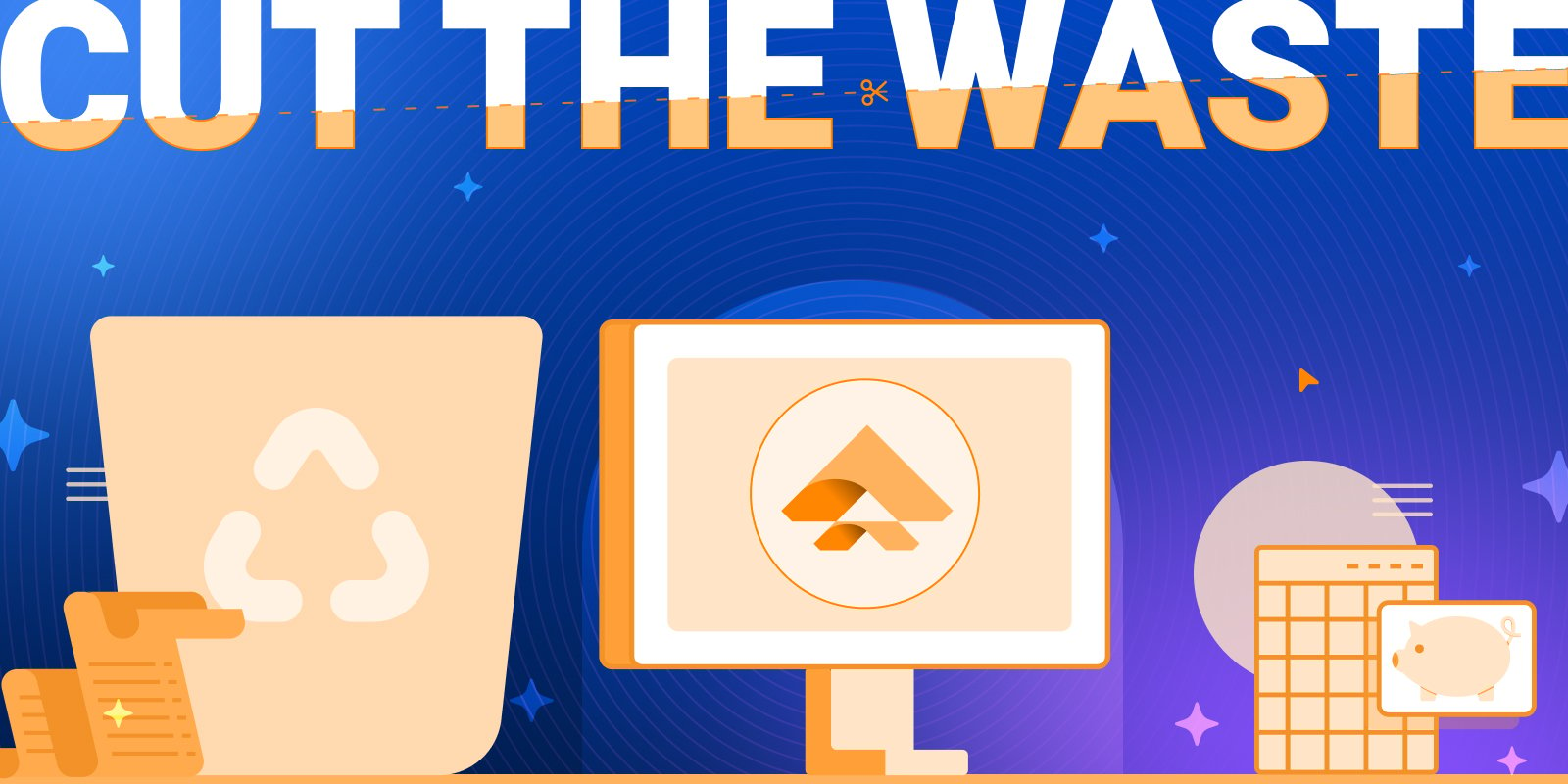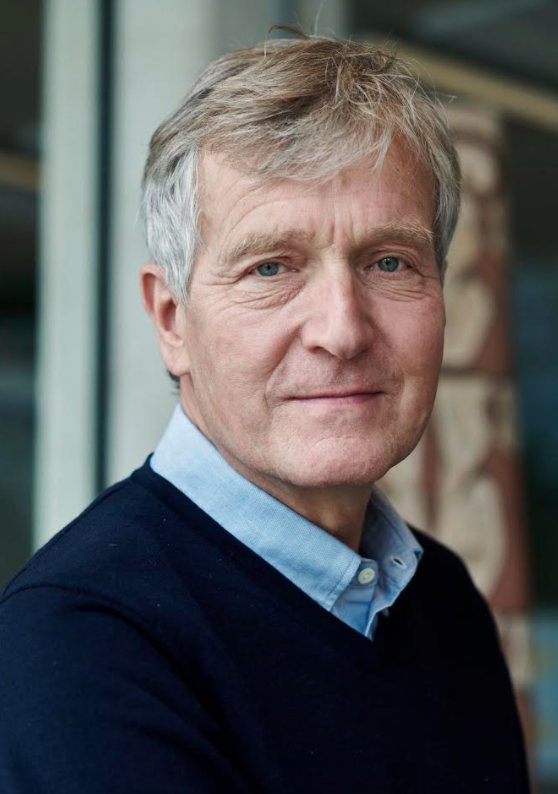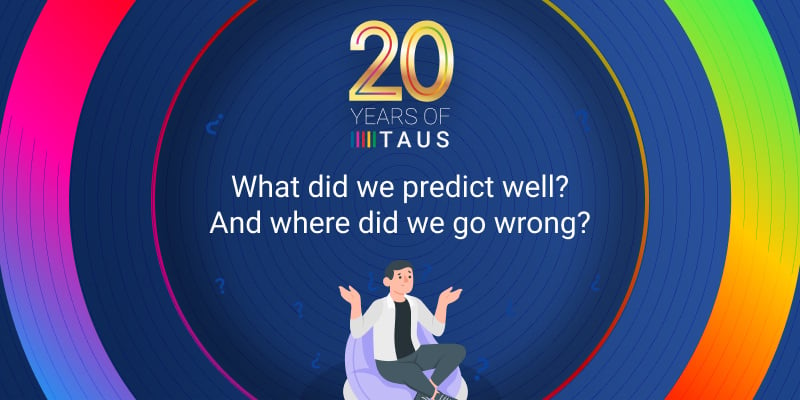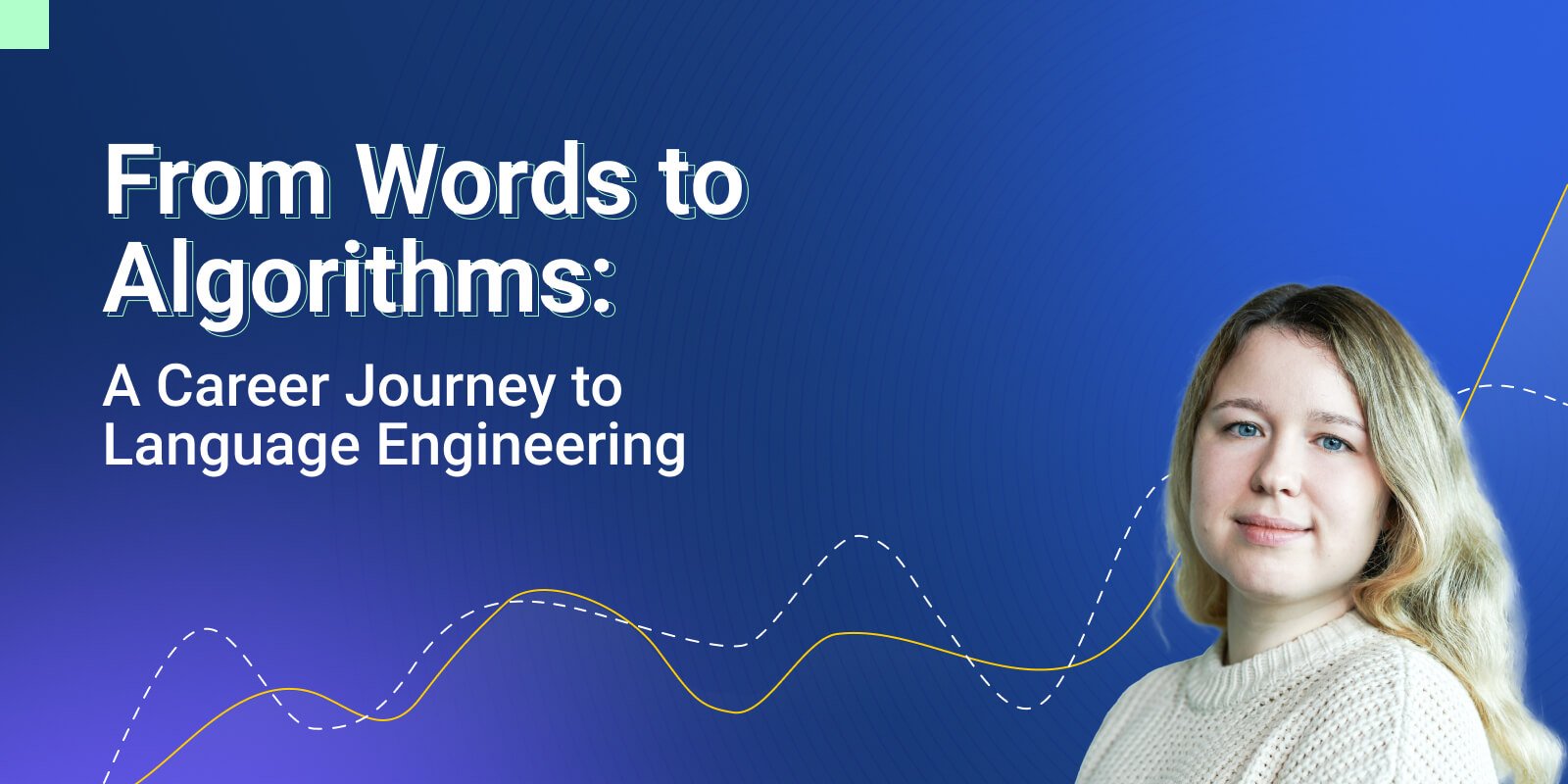Adolfo Hernandez: From People to Data Driven
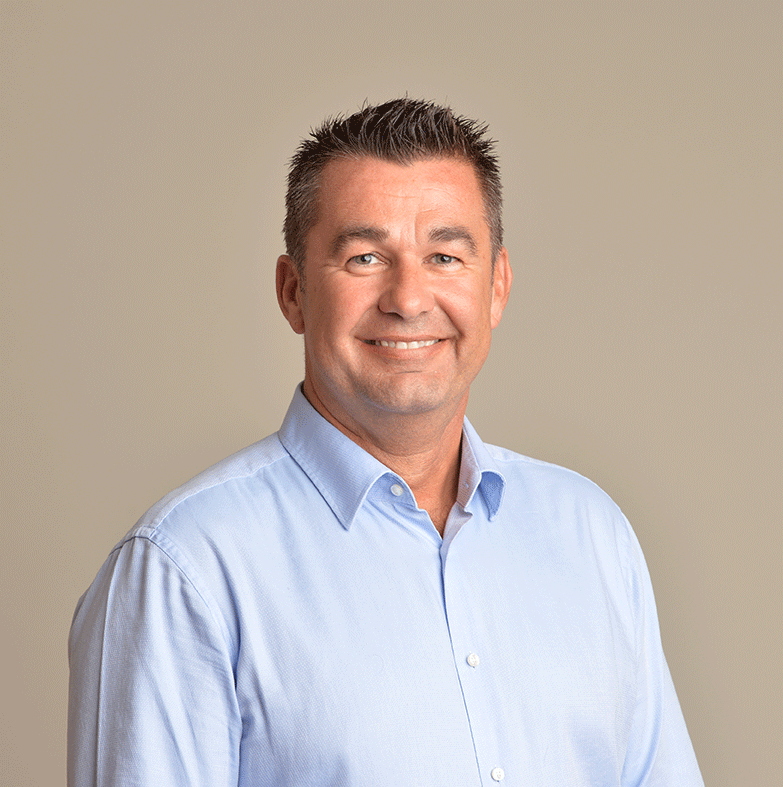
To kick off a new series of interviews, TAUS wanted to find out the one big thing that Adolfo Hernandez has learnt as head of SDL.
Captains of the Translation Industry Talk About the Single Biggest Thing They've Learnt

TAUS spoke with Adolfo Hernandez, the CEO of SDL, about what he had learnt from his first 18 months in his position. Adolfo is probably the captain of the translation industry with one of the shortest C-suite tenures. The theme of the conversation was:
"What is the single biggest lesson that you have learnt about the translation industry?"
TAUS: What is the single biggest lesson that you have learnt about the translation industry?
Adolfo Hernandez: Once I had been appointed CEO of SDL, what struck me most about the localization industry to me was how little we tend to use software to automate the entire range of administrative processes. This means we are using people where data and analytics can make all the difference.
I have worked in both telecoms and financial services, where there is significant complexity in the organization of day-to-day workflows and boosting business intelligence. This means that automated solutions are vital to free experts up from manual processing of low-level tasks and enable them to focus on specialist, higher-level skills.
This is far more wide ranging than using more machine translation compared with human translation; it’s all about how to run a business - and indeed a whole industry - in the most data-efficient, competitive way.
So the biggest lesson I have learnt from this state of affairs in the localization industry is that we need to develop the software and technology to track and improve everything that human resources can no longer do unaided.
TAUS: What does the old "manual tendency'' lead to?
Adolfo Hernandez: One of the interesting features of the localization industry compared to other technology-driven industries that I have had an experience of is that, contrary to what many people might think, our business does not have a good balance of effort between human and machines. In my opinion, localization is far too labor-intensive.
One of the reasons for this may be that it is a “home-grown” industry. Historically, many of the people that entered localization did not come from other industries, and so had very little experience of the levels of automation that apply in other production environments.
Most translation companies, especially the smaller ones, have been founded by people with a real passion for translation and language practices. That is probably one reason why we have not been so inspired by advances in automation in other industries.
One of the main attributes that attracted me to SDL, on the other hand, is the fact that it is a global innovator and a technology leader in its sector. This means that it has an in-depth experience of automating all those processes that could free up linguists and others to focus on their core capabilities around language and communication, and deploy software where needed in the back office.
So, my main problem has been to get the balance right between humans and technology by ensuring that whole business can be modelled on a single integrated real-time platform. Software is a part of everything we do in the business today, and given the huge growth in volume and shorter turn-around times expected in the next decade, the only solution to handle this aspect is compute power – software, machine learning and content services.
TAUS: How do you manage the human-machine balance operationally today?
Adolfo Hernandez: For the foreseeable future, the best results in localization will come from the best humans using the best machines. An analogy in another industry would be doctors using high-performance X-ray machines.
In translation, there are content types that are "good enough" when machine-translated at low unit costs, and then there are types of regulated content, for example, that need expert human translators. But almost all jobs will require software to manage the workflow, service levels, and quality evaluation that go into delivering the right customer experience.
However, the problem with having in-house linguists to ensure quality levels for a given content type is that it is difficult to build up a workforce - for example, sourcing linguists who can do a lot more than just translating. We need more and more skilled people able to offer services around transcreation, tone-of-voice consulting, and multilingual content production.
Yet globally-speaking there are not enough trained linguists or university graduates coming through the pipeline in every language pair. One of our tasks is therefore to work hard to onboard linguists effectively. We need to make the job attractive to expert communicators who don’t want to bother with traditional manual tasks such as project management. Hence a further need to automate much of this back-office activity.
TAUS: How do you transform these findings into an innovation agenda?
Adolfo Hernandez: We are developing a big vision of what we need to move ahead with a deeper understanding of the relative role of technology and people.
What we want to do is generate, track, understand, and monetize all the data we gather around how we help enterprises take their content global. This means finding out what is the best resource for a given type of content at a given time and applying such knowledge dynamically in real time. It also means using the best possible analytics, so that suppliers can deliver the very best content and workloads.
This kind of capability must then spread throughout the company so that we can bring linguists, software engineers and scientists together in the right mix wherever it makes sense to inject that capability. And ensure that all our teams understand how to automate the tracking of project income, management and events. One team needs to work with our Business Intelligence team at the level of dashboards and analytics, while another team has to build the right connectors so we can link out to any translation of any content type. All these different teams and parts of the ecosystem will require distinct kinds of investments. But overall, our innovation investment must cover the entire content lifecycle.
We are doing this already by creating what we call islands of stability, offering agile releases that ensure the best resources for a given type of content, backed by analytics so that the production team – translation suppliers and freelancers - can deliver the best content to the end-customer at the best price. It is this capability that will be the central plank in our data-driven innovation agenda.
Want to hear more from Adolfo Hernandez?
Join the CEO Conversation at the TAUS Annual Conference!
In a conversation with the CEO’s of SDL and Lionbridge and the Vice President of International Product Solutions of Oracle we learn how they reinvent the business of translation, and specifically how the buyer-vendor relationships are changing, new value-add is created, quality and success is measured, and what’s left of us (our businesses) when translation truly becomes ubiquitous, a utility invisible to the public.
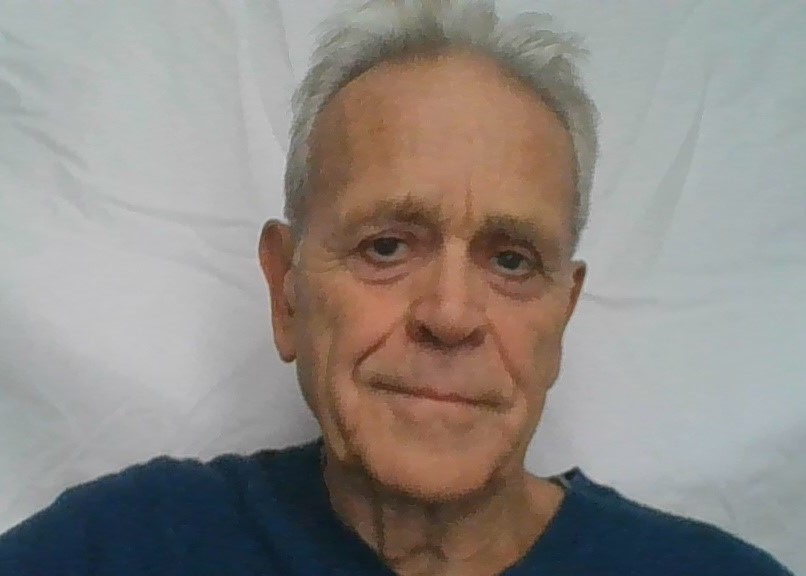
Long-time European language technology journalist, consultant, analyst and adviser.
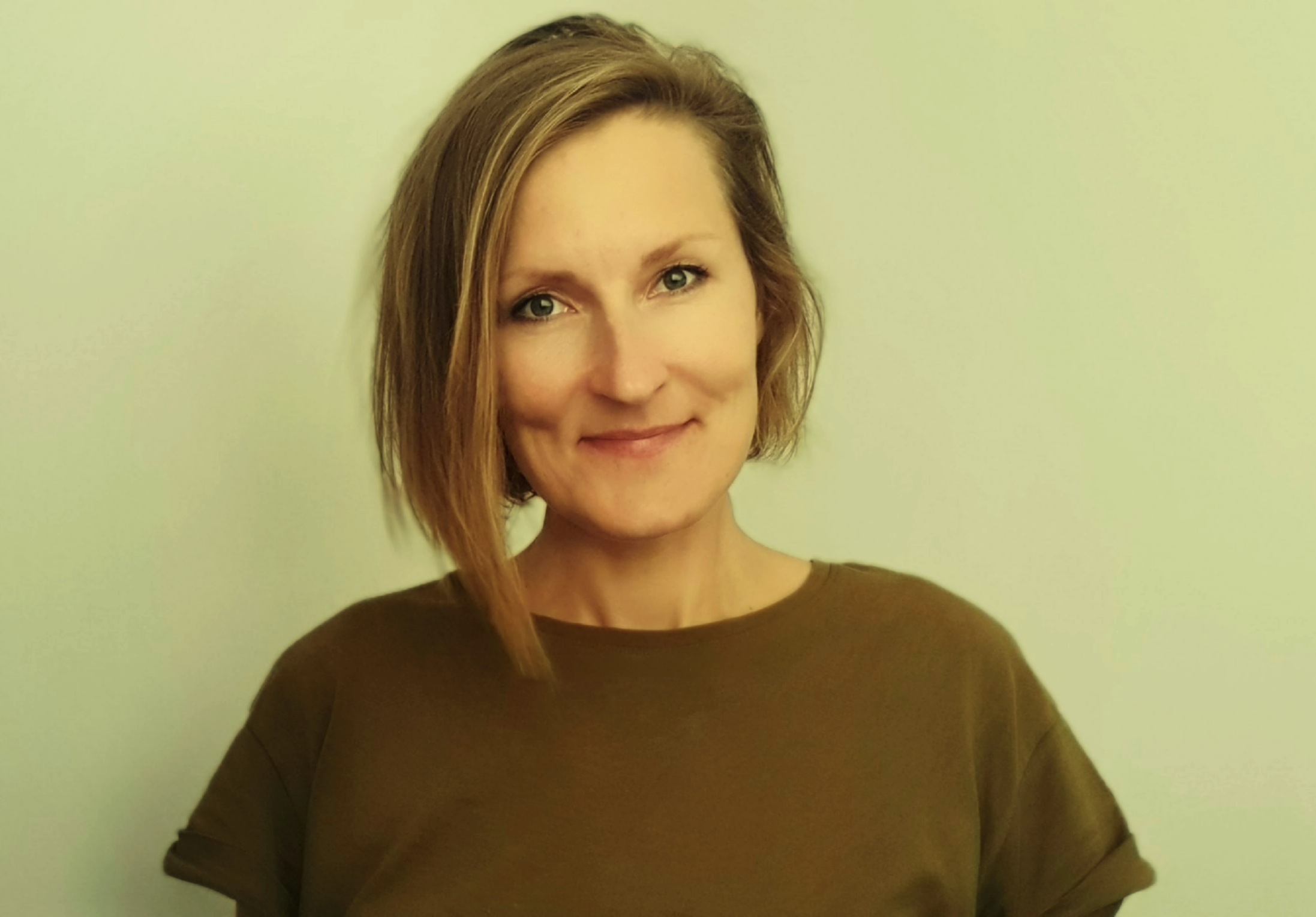 by Dace Dzeguze
by Dace Dzeguze